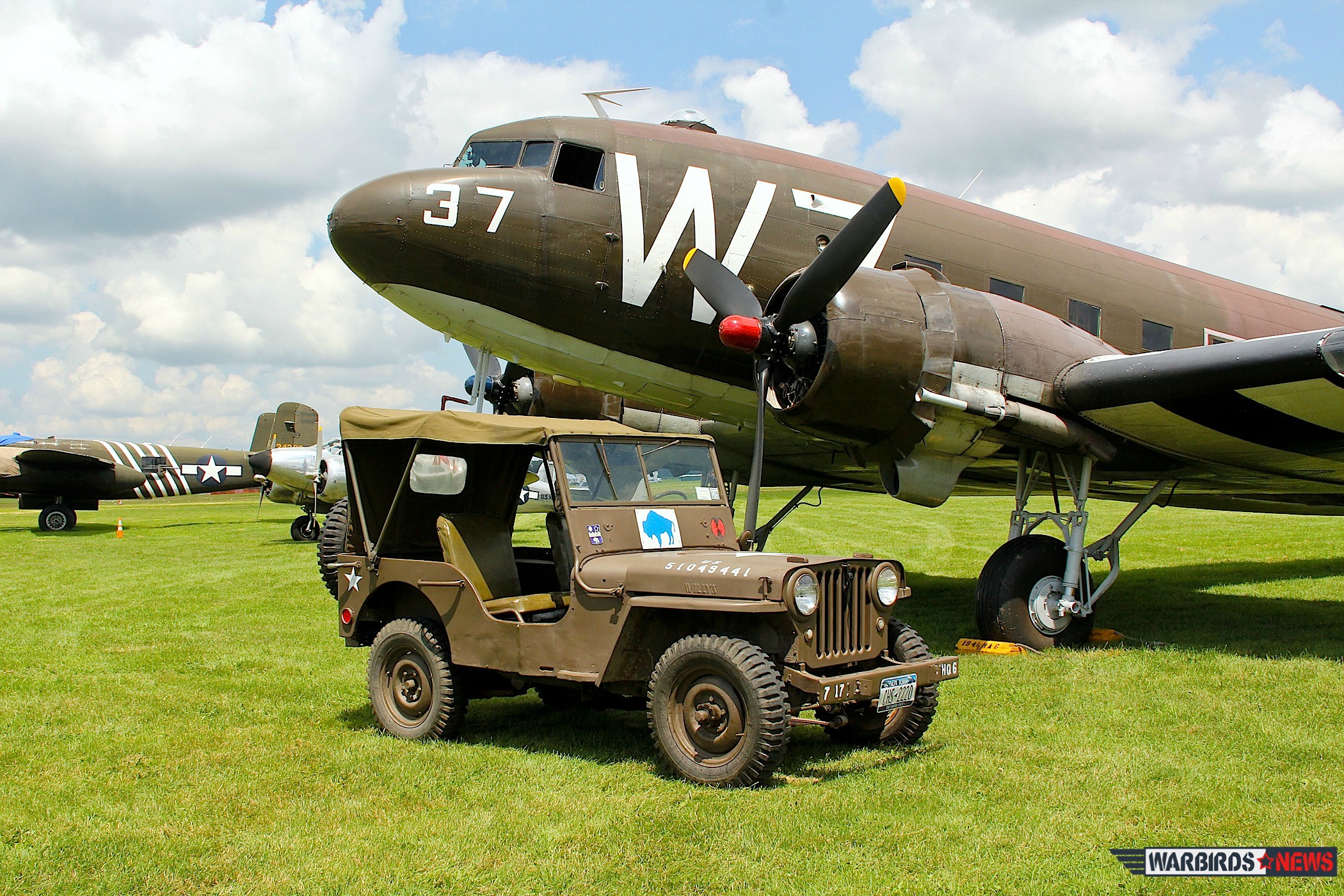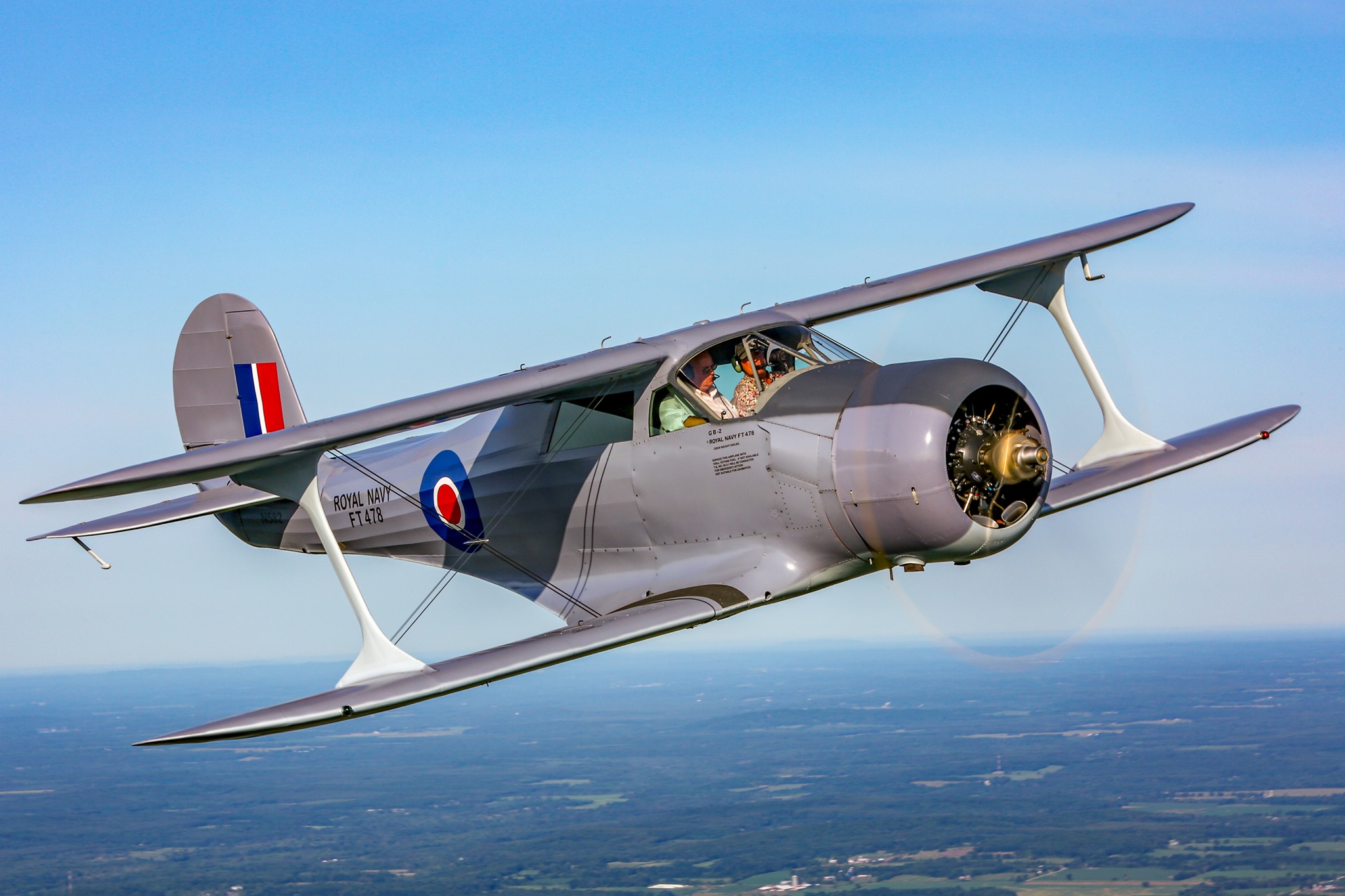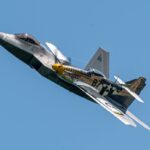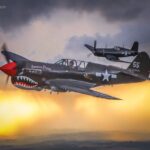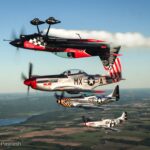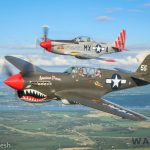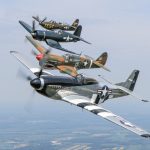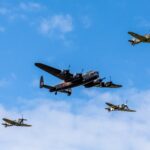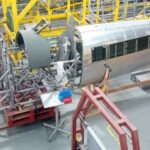Ask any aviation enthusiast “What is the most beautiful aircraft to ever fly?” You’ll get a slew of answers, ranging from the Supermarine Spitfire to the Concorde, and most likely a few votes of confidence for the Beechcraft Staggerwing. The National Warplane Museum has just taken ownership of one such example of this stunning aircraft, thanks to a generous donation stemming from a years of friendship and dedication. The Geneseo, New York-based museum now becomes the proud operator of the ex-Fleet Air Arm Beechcraft Traveler Mk.I (nee “Staggerwing”), serial number FT478.
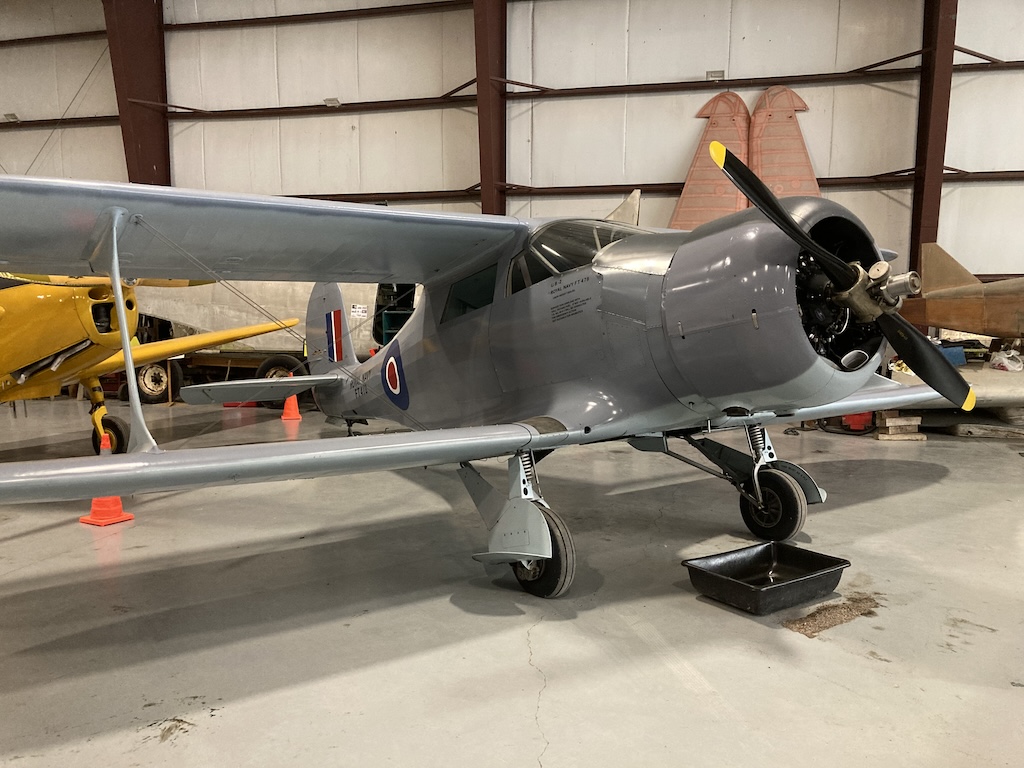
Originally designed and flown in the early 1930s, the Staggerwing was built as an executive aircraft. It was the private jet of the 1930s and early 40s, albeit somewhat less in demand due to the after-effects of the Great Depression. The offset top wing offered the benefits of increased visibility to the pilot, and it was also claimed to have reduced interference drag between the top and bottom wings (though later evidence would argue the benefit as negligible.) The main perk was that this design just looked “cool”. In addition to serving as a private executive transport, the Beech Model 17 also found success as an air racer, with its exceptional speed (cruise of 202 mph, Vne of 212) and stability.
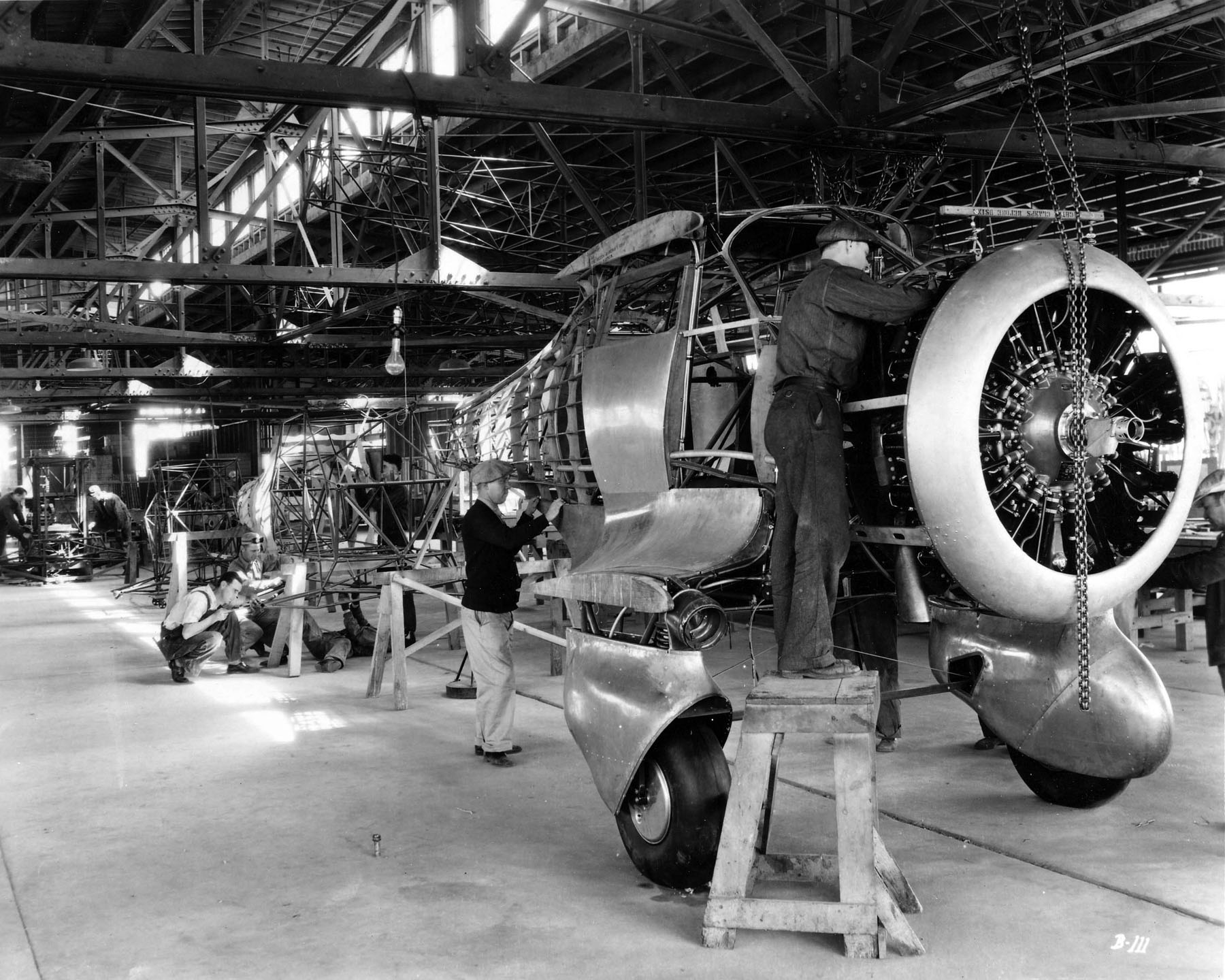
When World War II came around, the Staggerwing was pressed into service thanks in part to its versatility. The Spanish Air Force even modified and used them as bombers in the Spanish Civil War, just prior to their use in Word War II. The British Royal Navy had a need for a speedy personnel transport and liaison aircraft and they took the Staggerwing into service for this purpose, naming it the Traveler MK.I. FT478 was built in 1944 and sent to the RNAF immediately, under the Lend-Lease Act. She proudly served up until the end of the war, with the 781 Squadron at Lee-on-Solent and eventually the 701 Squadron at Heston. Her service records even note her as having flown a liaison sortie on D-Day.
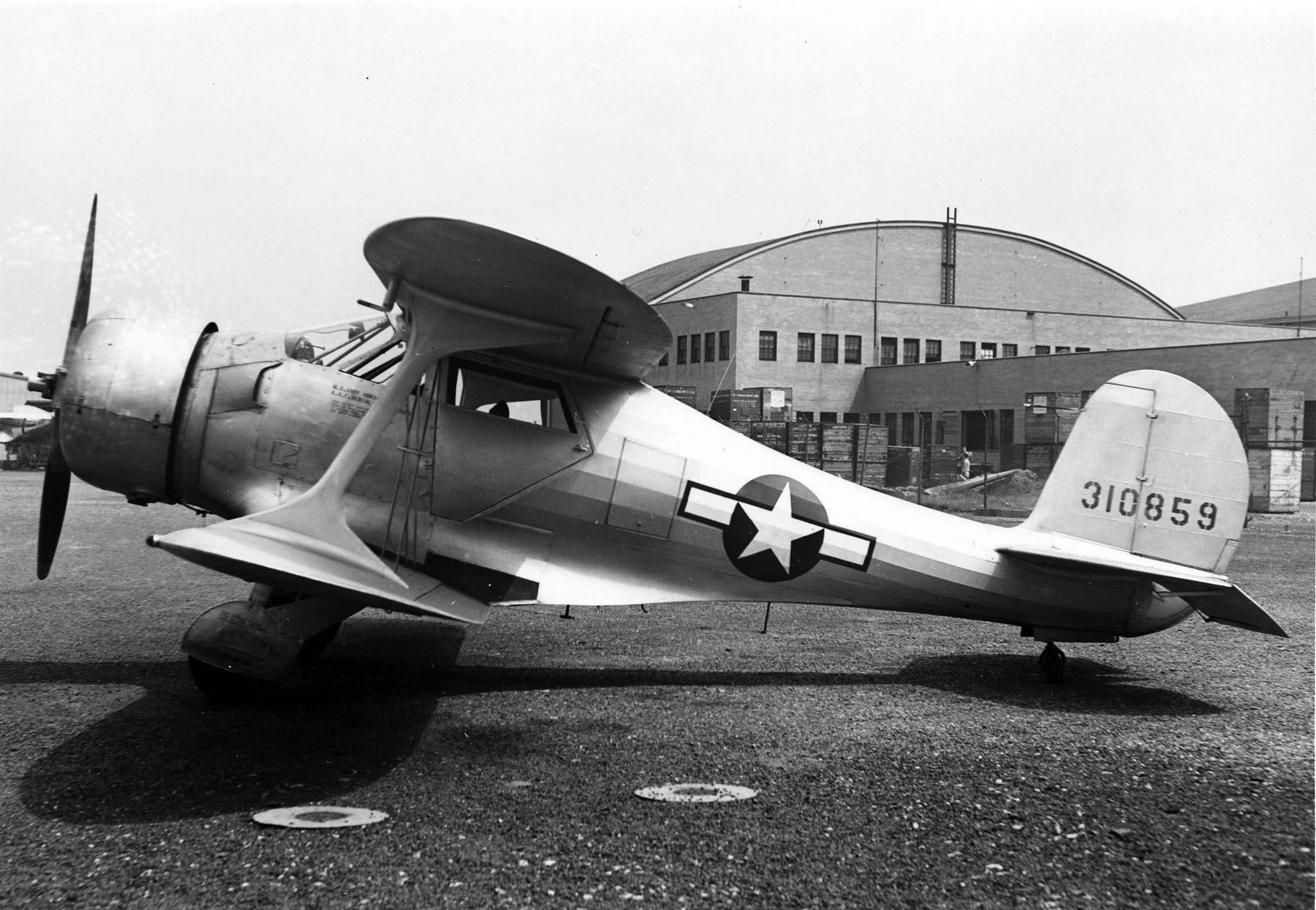
After the War, FT478 was returned to the United States and sold for civilian use. After changing hands a few times, in 1994 it was purchased by Granger Haugh who based the aircraft in California. Mr. Haugh is a philanthropist, and also a US Navy Veteran and recreational pilot, having flown thousands of hours in various aircraft. He flew the aircraft with pride for a number of years and eventually learned about the National Warplane Museum through his vintage aviation-related travels and peers. In April 2007, Mr. Haugh initially donated the Staggerwing to the museum, at the time it was painted in a pre-war yellow paint scheme with blue pin-striping. After a taxi incident with collapsed gear, FT478 needed a rebuild. Granger once more stepped in to be of assistance and the aircraft was returned to him, remaining with him during the rebuild and years to follow.
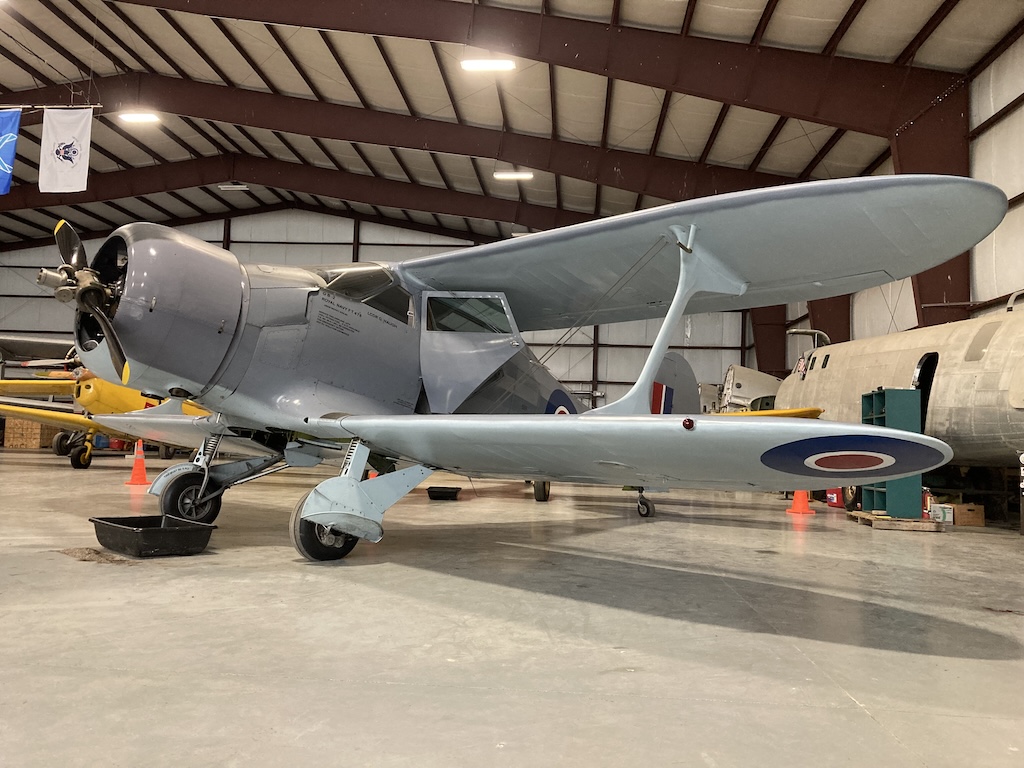
After an extensive rebuild, lasting 4 years, FT478 once again returned to the skies. Mr. Haugh brought the Traveler to Oshkosh multiple times, having won an award for its meticulous restoration. When Granger decided that he wanted to retire from the flying game, a re-donation of FT478 to the National Warplane Museum was at the forefront of his mind. This past July, at the museum’s annual Geneseo Airshow, a dedication ceremony was held. Granger’s son, Scott, was in attendance. He was elated to have his father’s pride-and-joy join the museum’s collection. Traveler Mk.I FT478 now has a permanent home in Geneseo, NY. She will be well flown and well-loved for perpetuity. For more information and to support the National Warplane Museum, visit nationalwarplanemuseum.com
